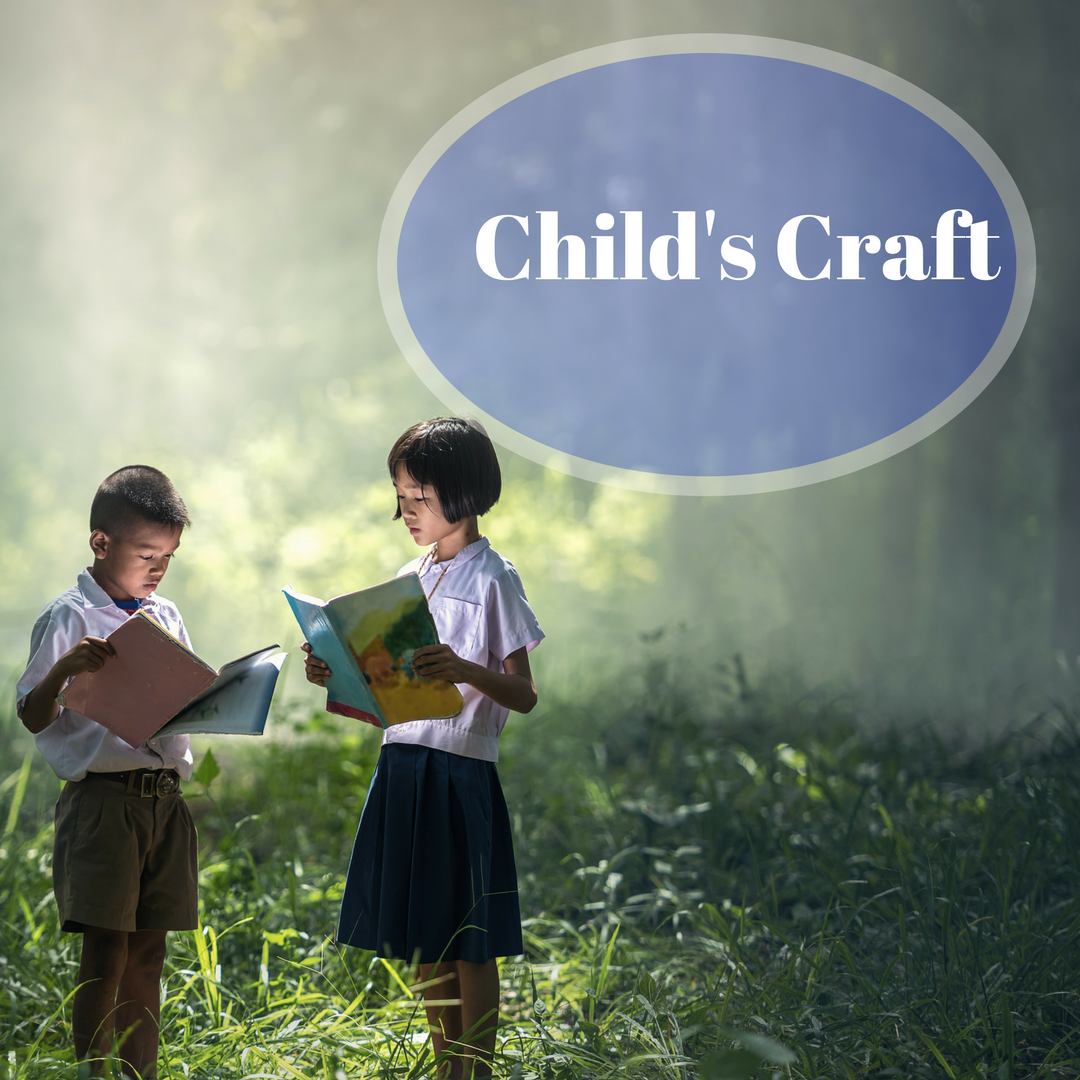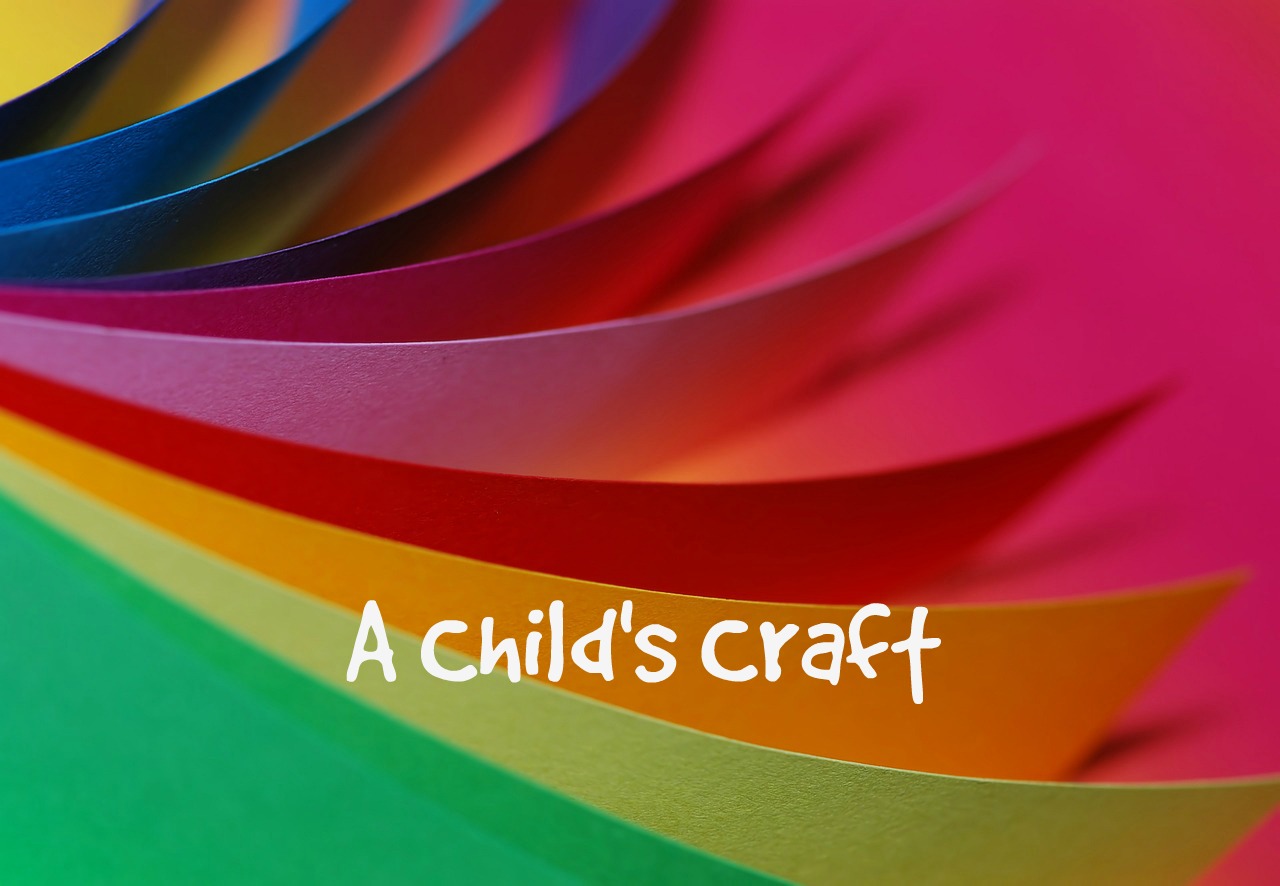Last month we looked at an overview of writing nonfiction for kids. This month we focus in on writing nonfiction magazine articles for kids. Most children’s magazines buy MORE nonfiction articles than fiction.
Here are some helpful tidbits for crafting and selling your nonfiction to children’s magazines (online and print).
- Research way more than you think you need. Use print sources and primary sources (interviews with people) primarily. For facts be sure you have three reliable, verifiable sources for each fact you include.
- Keep track of your sources. A variety of website and software packages include bibliography builders. Pick one and use it to keep track of the following information:
- Title and author (and illustrator) even on websites
- Publishing company or magazine title
- Publishing date or magazine date, volume and issue
- City of publication for books
- Page numbers for all printed material. Photocopy or download the actual pages you use.
- For online sources the URL
- For primary sources their names and date of the interview
- Organize your research. If you can outline your article before you write it. If not, be sure you can outline it logically after it is written.
- Be able to sum your article up in one sentence.
- Remember the rule of threes.
- Use great writing: strong verbs and nouns, clear sentences, keep words and sentence length age-appropriate, write tight, avoid passive voice.
- Use visuals if you are a photographer or illustrator. If not, recommend the inclusion of visuals at specific places in your article.
- Use humor when appropriate
- Try to use a child-character in your article.
- Research the publishers (books and magazines) well before submitting. Follow their guidelines exactly.
Magazines buy a variety of nonfiction articles. Here are a few ideas to get your brain tumbling.
- Step-by-step How-to articles. Be sure the tools, materials and instructions are age-appropriate. Follow magazine guidelines exactly.
- Sports articles. Interviews with sports figures, or profiles on them are always needed. Also informational articles should be about unusual sports. Introduce kids to sports they don’t commonly read about or participate in.
- Articles about the arts. Focus, again, on famous people or people who have accomplished exciting or unusual things. If your subject is a kid that’s a big plus. Focus your articles on unusual productions, musical instruments, how-to articles for visual arts or literature.
- How-to articles are great for sports, the arts, cooking, crafts, science experiments, gardening, pet care. The list is endless. Be sure to organize the article well with headings that clearly show the steps.
- Facts or informational pieces. RESEARCH well. Write in a kid-friendly style. Engage and inspire your readers to dig deeper into the subject. Supply them with other sources (books, websites, magazines) they can check out for themselves.
Remember: nonfiction is BIG! It takes lots of research and plenty of patience to get the articles done right. But selling nonfiction magazine articles is a giant step toward publication and a readership of hundreds of thousands of kids. They’re eating this stuff up.
Go for it!
EXTRA: For more handy info about writing nonfiction for children read Cyle Young’s article here.
Jean Hall lives in Louisville, Kentucky. She is represented by Cyle Young of Hartline Literary. Her premier picture book series Four Seasons was recently signed by Little Lamb Books. Jean is a member of the SCBWI, Word Weavers International, and the Kentucky Christian Writers. Visit Jean at jeanmatthewhall.com, on Facebook at Jean Matthew Hall, and on Twitter as @Jean_Hall.






 We love helping your growing in your writing career.
We love helping your growing in your writing career.

No Comments